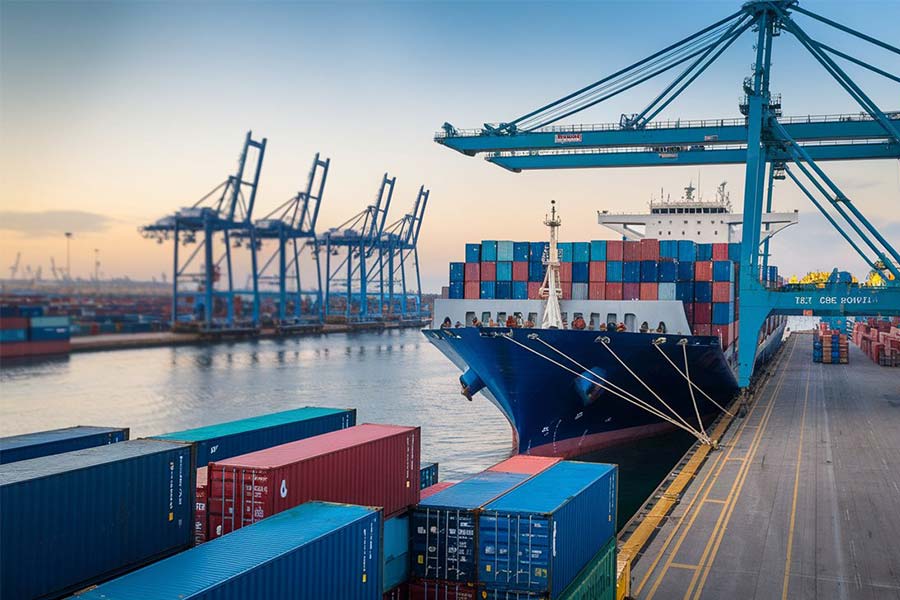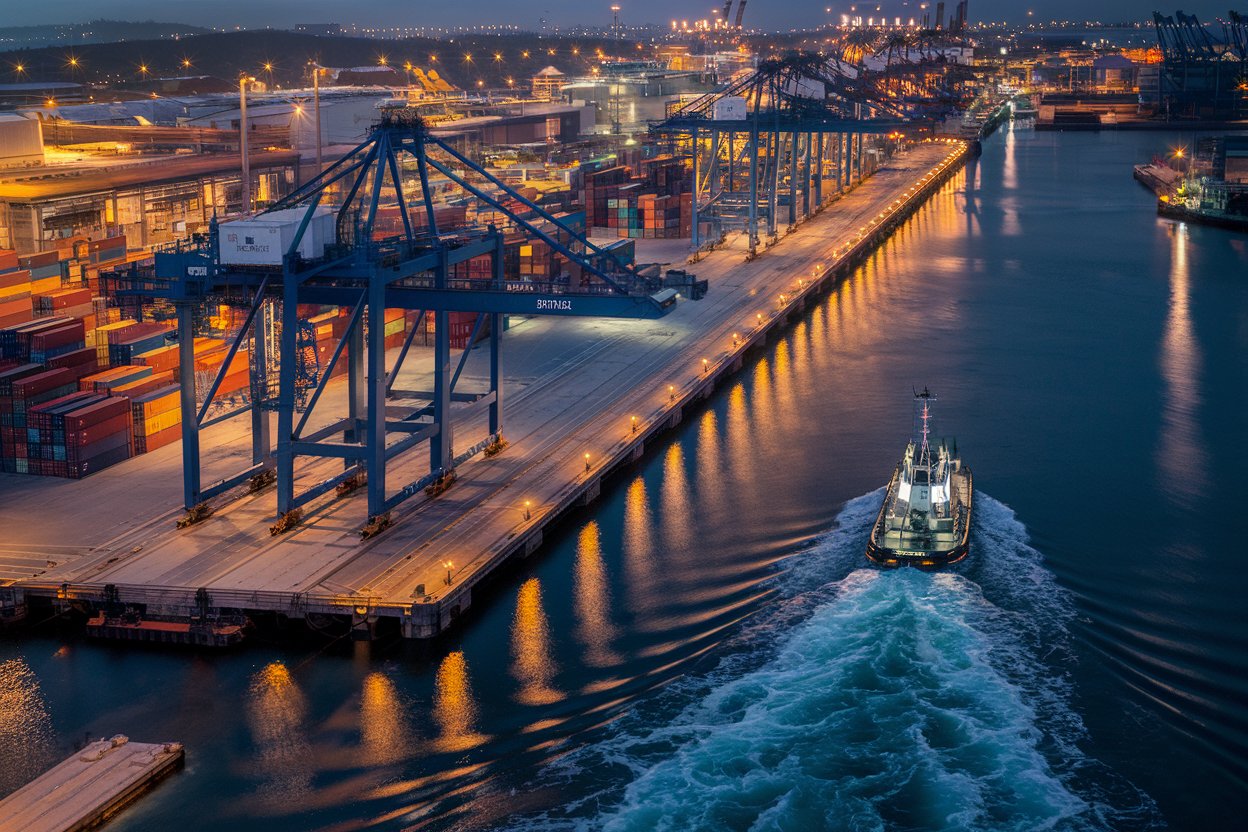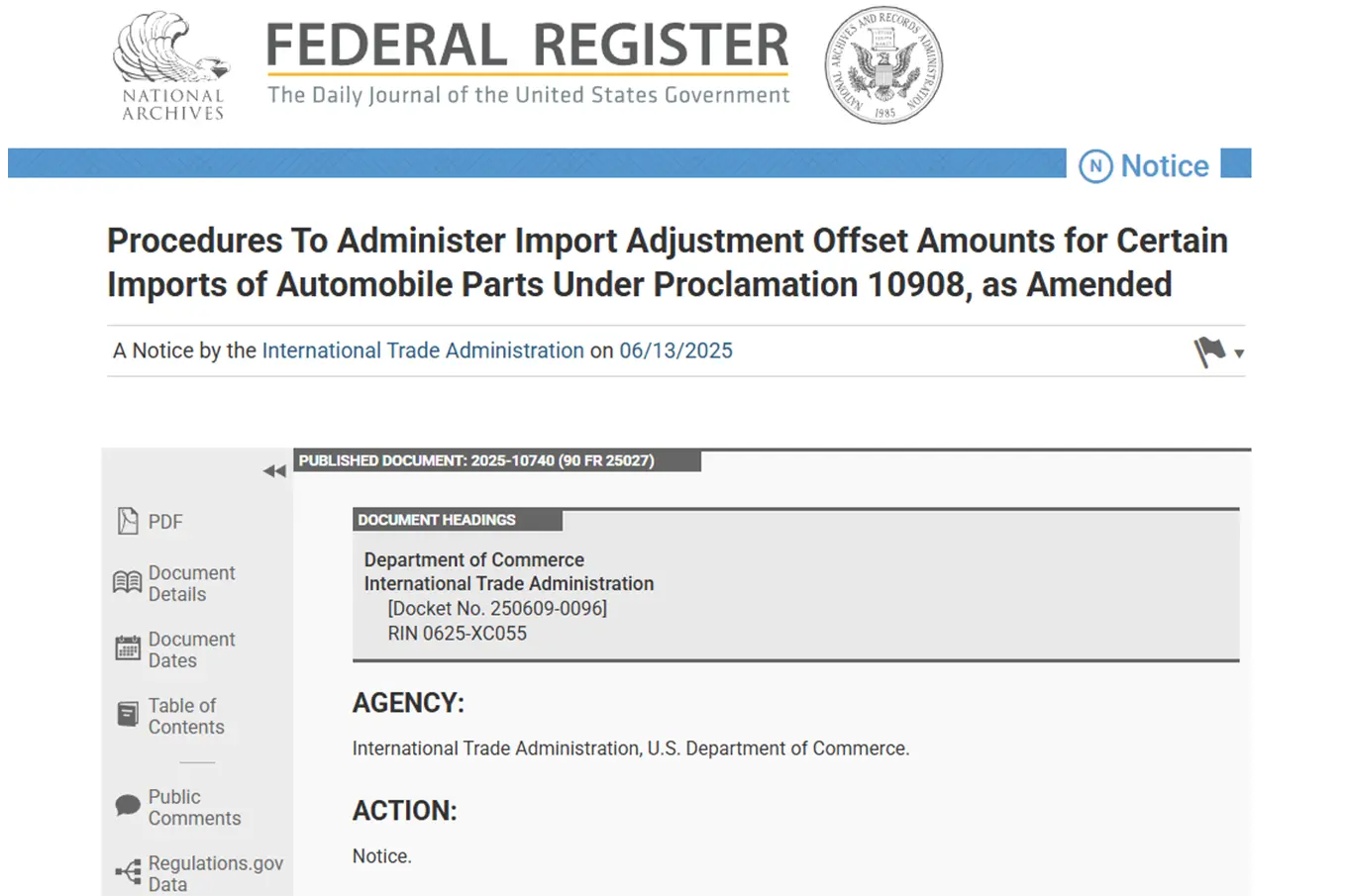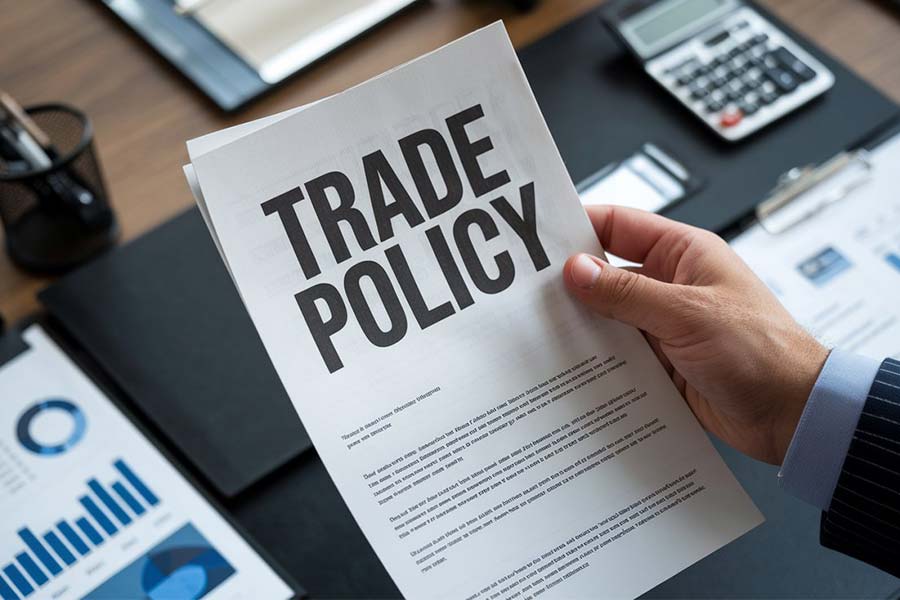- Shanghai Zhongshen International Trade Co., Ltd. - Two decades of trade agency expertise.
- Service Hotline: 139 1787 2118

Contents
ToggleEquipment ImportsThe Three Hidden Cost Traps
Customs data from 2025 shows that the inspection rate for imported electromechanical equipment was 37% higher than that for general goods, with 53% of declaration discrepancies attributed to enterprises' insufficient understanding of special regulatory requirements. AAutomotive partsThe manufacturer was once penalized for failing to complete the required procedures.Automatic Import License for Mechanical and Electrical ProductsThe goods were detained at the port for 26 days, resulting in additional storage fees and penalty charges amounting to 15% of the cargo value.
The full-process value of professional agency services
- Pre - filing stage
- Accurate HS code classification (error rate <0.5%)
- Import License Pre-approval Service for Electromechanical Products
- Inspection Arrangement for Old Equipment Prior to Shipment
- International Shipping Stage
- Optimization of Special Container Leasing Costs
- Real-time Monitoring System for Port Dues
- Customs clearance and delivery phase
- Rapid response mechanism for classification disputes
- Linkage of Taxpayer Credit in Jurisdictions
Comparison of Cost Control in Key Processes
- Control of demurrage charges: The average processing time for professional agents is 4.7 working days faster than that of in-house handling by enterprises.
- Tariff optimization: Achieve a 3-8% reduction in import costs by improving the utilization rate of free trade agreements.
- Logistics loss: The damage rate of special equipment transportation is reduced to below 0.3%.
Three core criteria for selecting a proxy service
Industry research in 2025 indicates that premium agency service providers should possess:
- Have handled at least 200+ cases of single equipment import.
- Hold AEO Advanced Certification qualification
- An inspection team equipped with professional electromechanical engineers
Typical service case analysis
A precision instrument manufacturer imported testing equipment from Germany, with the agency company facilitating the process through:
- Completed ahead of schedule.ATA CarnetImporters must have import and export filings with the customs and quarantine. Importing food is not possible without the right to import and export. If an importer does not have the right to import and export, it can choose to affiliate with a qualified company for import.
- Using DDP terms to transfer risks.
- Coordinate with the local customs for implementation.Two-step declaration
The overall customs clearance time was successfully reduced from the standard 14 days to 6 working days, avoiding a contract penalty of 2 million yuan due to delayed delivery.
Key Points for Risk Prevention
- Used equipment imports requireCertificate of Year of Manufacture
- Involves3CCertified products must apply for off-catalog confirmation in advance.
- Complete equipment attentionItemized declarationApplication of Principles
Related Recommendations
? 2025. All Rights Reserved. Shanghai ICP No. 2023007705-2  PSB Record: Shanghai No.31011502009912
PSB Record: Shanghai No.31011502009912










